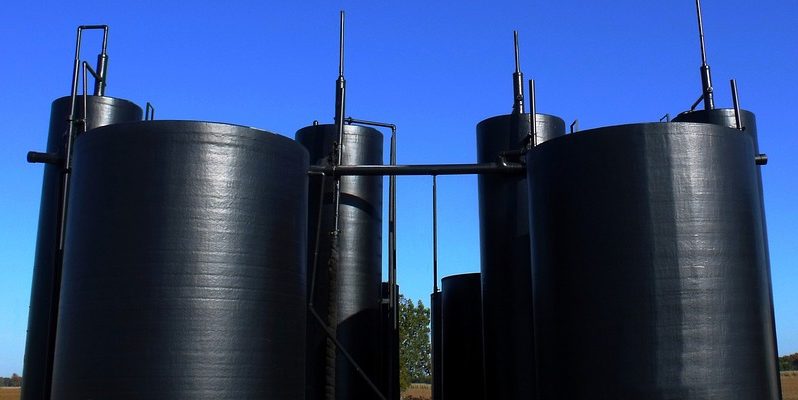SAF is integral to aviation’s net-zero CO2 emissions by 2050 target, but supply is lagging demand. Some 1.5 million tonnes of SAF were produced in 2024 but more than 400 million tonnes are needed by 2050.
In Europe, the ReFuelEU initiative has set a 2025 mandate for 2% SAF use from EU airports, rising to 6% in 2030 and 70% in 2050. From 2030, 1.2% of fuels must be synthetic—so-called e-fuels or power-to-liquid fuels that reduce carbon emissions still further—rising to 35% in 2050.
Margarita de Gregorio, President of the Spanish Air Transport Sustainability Alliance, says ReFuelEU is “an unquestionable turning point and represents a huge opportunity to significantly advance the decarbonization of air transport in the next two decades.”
She notes that mandates are needed to start positioning stakeholders to a common objective but add that targets are the end point, “and the ways and tools to get them must be figured out, developed and implemented in each Member State, which means that there is still a lot of work to do.”
Spanish SAF
In Spain, public and private entities from multiple sectors are working together in the Spanish Air Transport Sustainability Alliance. De Gregorio believes that the private sector does see the potential in investing in SAF production and public-private partnerships are likely to be carried out in the short term.
One reason for this is the abundance of renewable resources in Spain, including biomass from crops, forests, industries, and landfills; and photovoltaic and wind. The latter two could be used for producing e-fuels in the future.
Industries including air transport, oil and gas, biofuels, and hydrogen are aligning with public administrations from the national government and regional governments to participate in the challenge, according to de Gregorio. “The aim is to ensure that this transition to greater sustainability in air transport has a positive impact by inducing industrialization, circularity of resources, and more energy independence,” she says.
In terms of SAF feedstocks, Spain has a considerable forested area, ideal for producing biomass from sustainable forest management. Moreover, Spain is the world’s leading producer of olive oil—with more than 2 million tons of by-products and waste annually—and the leading pig producer in Europe with more than 28 million animals on almost 90,000 farms. It also has the largest vineyard in Europe and is among the biggest exporters of fruit and vegetables. All of which means huge amounts of agricultural waste are produced year-round.
“Regarding [e-fuels], green hydrogen is produced by an electrolysis process powered by solar or wind energy,” says de Gregorio. “Spain has more than 60,000MW of photovoltaic and wind energy installed, and several thousand more megawatts are being developed with the aim of producing green hydrogen.
“So, all the processes to produce SAF could be implemented in Spain and the renewable sources supply could be guaranteed,” she adds. Both factors could lead Spain to be a net SAF producer in the medium term.”
From proposal to law
IATA’s Regional Vice President for Europe, Rafael Schvartzman says the Ecological Commission’s proposal for greater Spanish state support for SAF is a step in the right direction.
“It is particularly encouraging that this proposal has support across the political spectrum,” he says. “Recognizing the importance of aviation, the political consensus is to decarbonize flying without restricting people’s access to air travel. It is now critical for the Spanish government to turn this proposal into law.
“Spain’s Ecological Commission has correctly understood that SAF production is lagging far behind demand,” he adds. “Turning these proposals into law will address that along with creating jobs, shoring up the tourism sector, and improving energy independence”…



